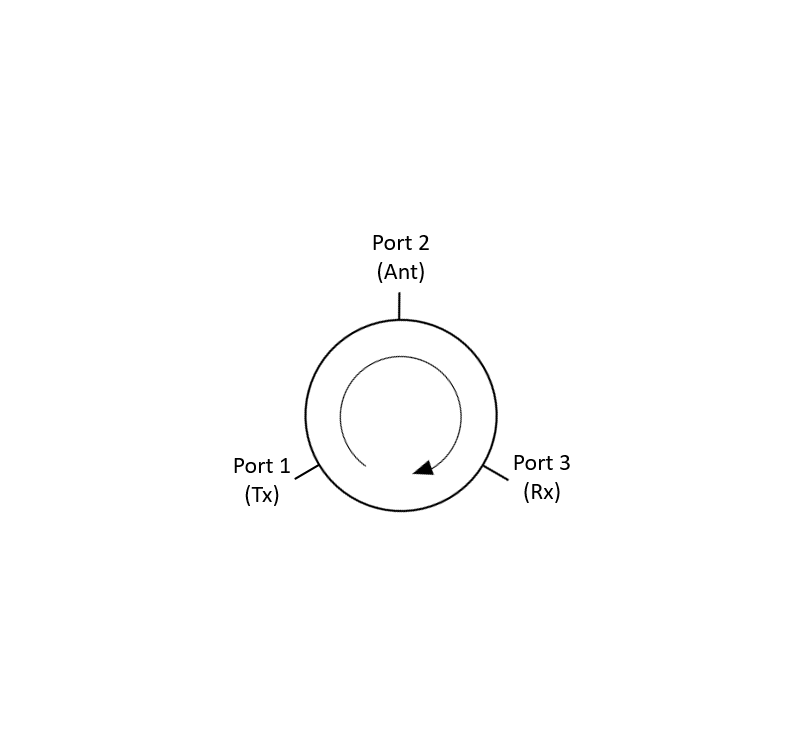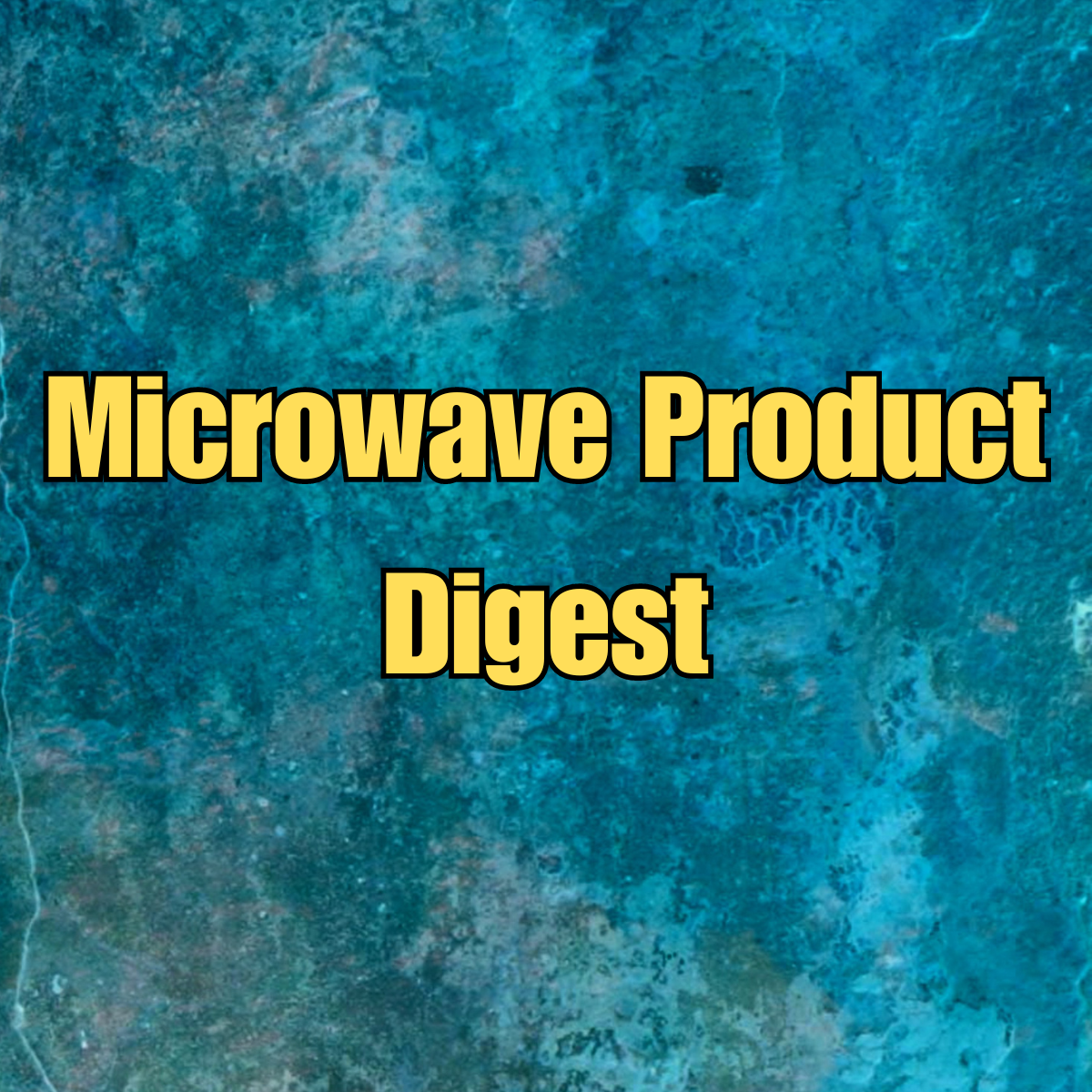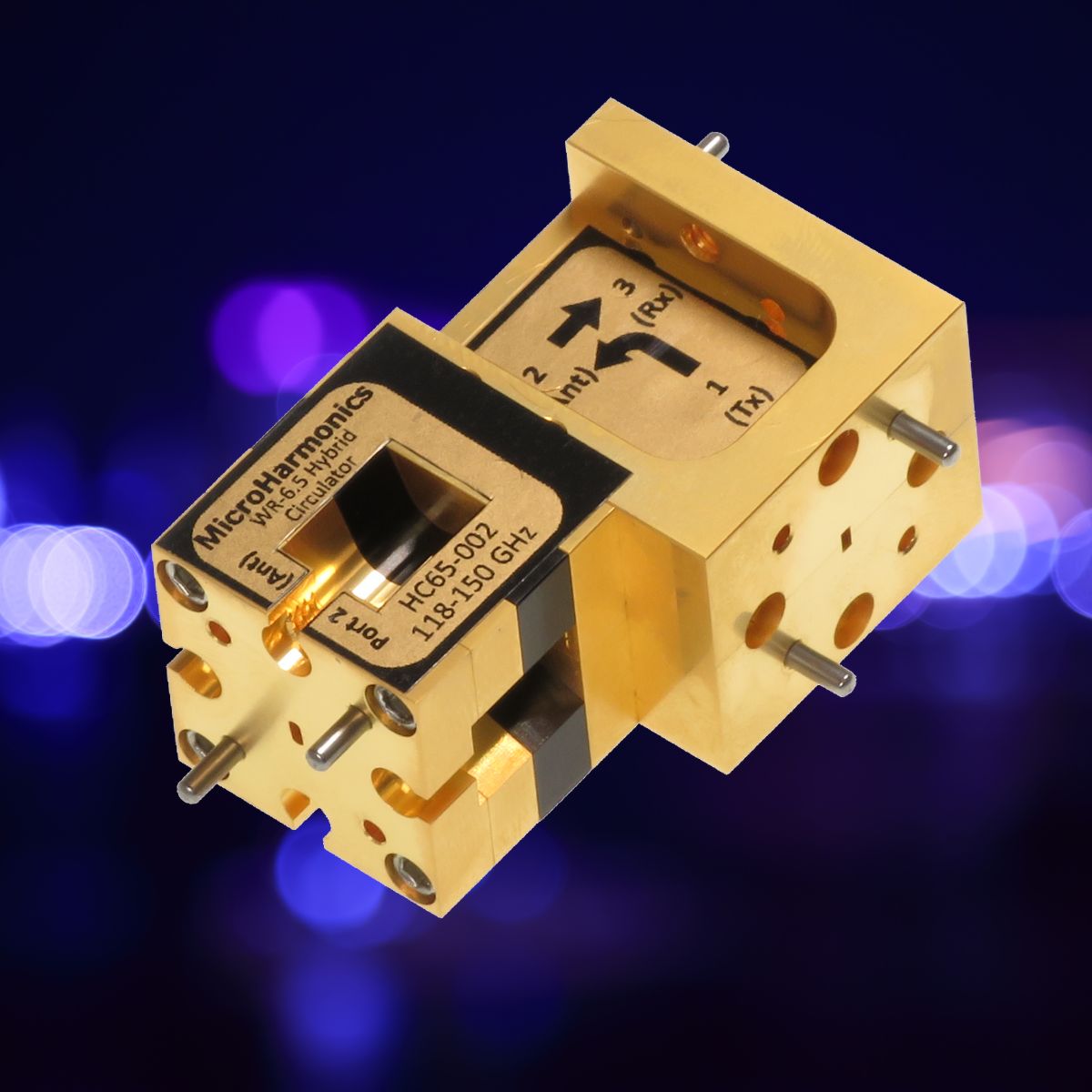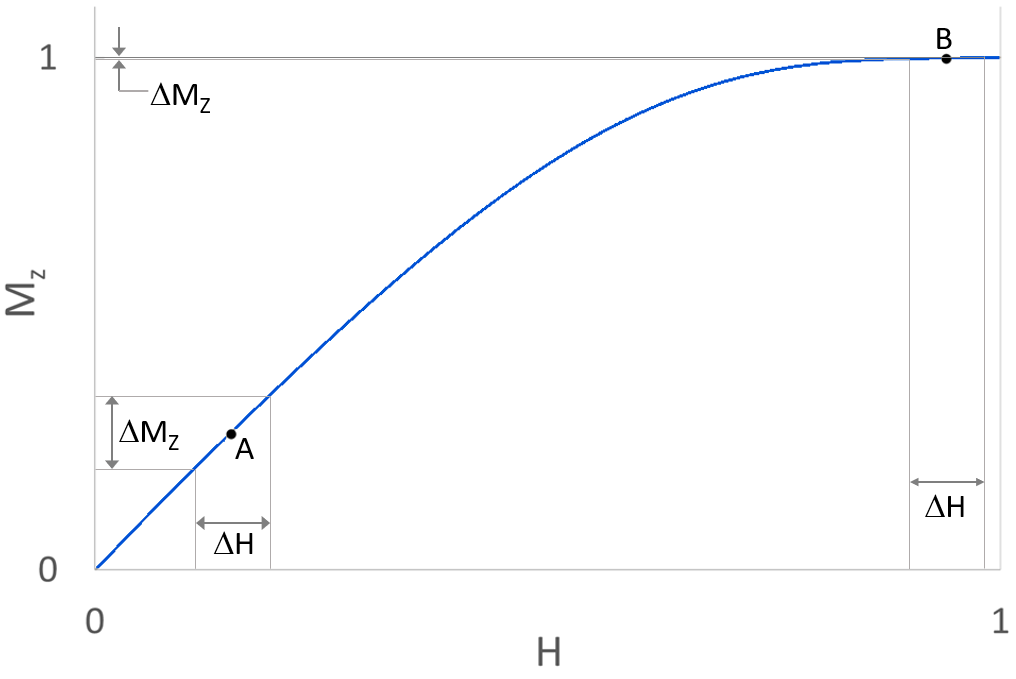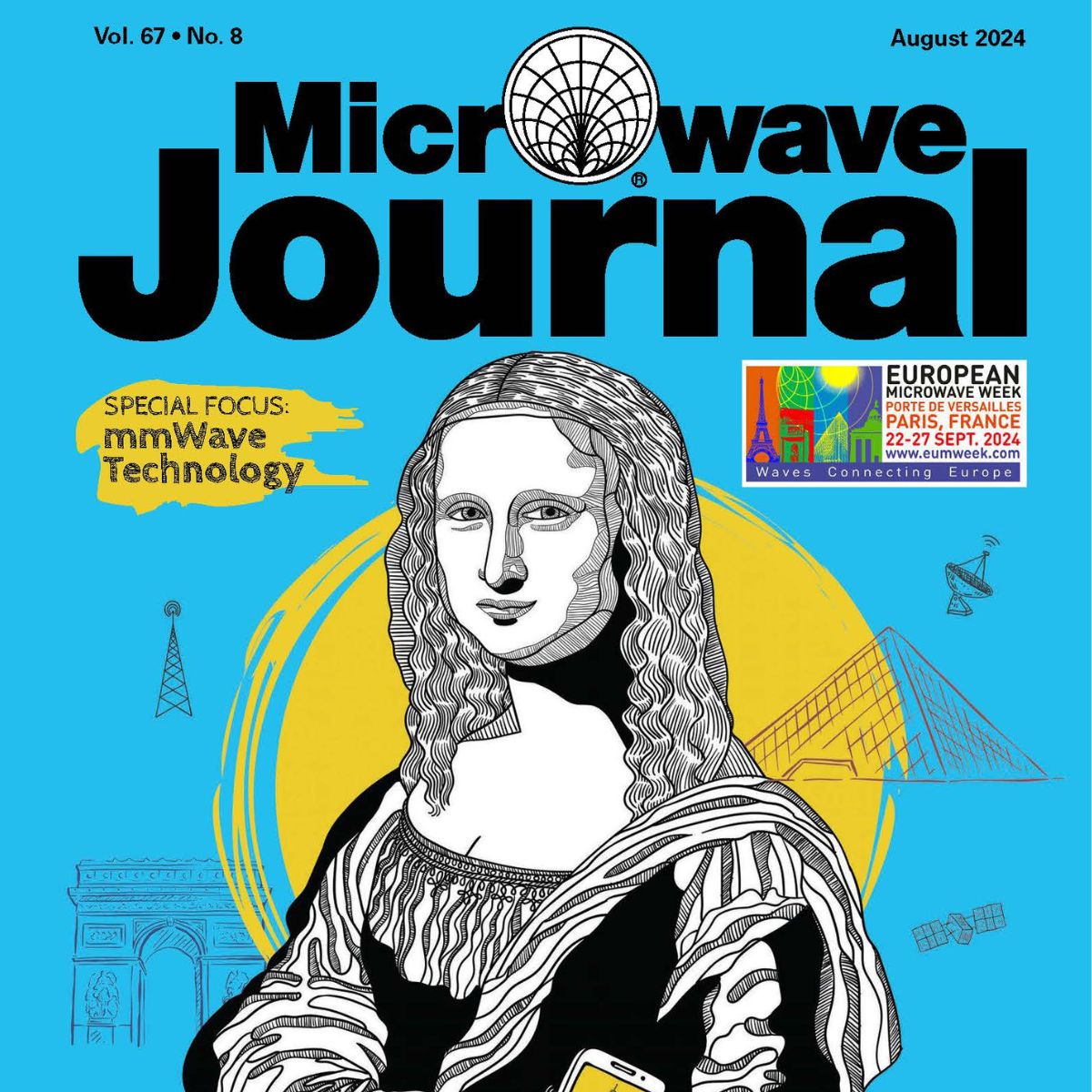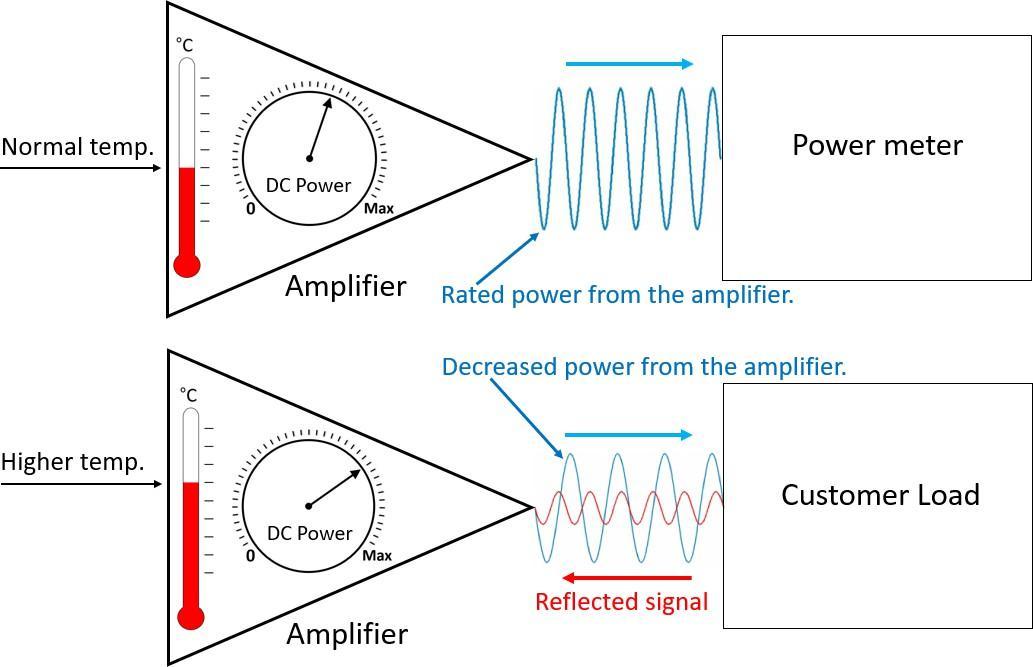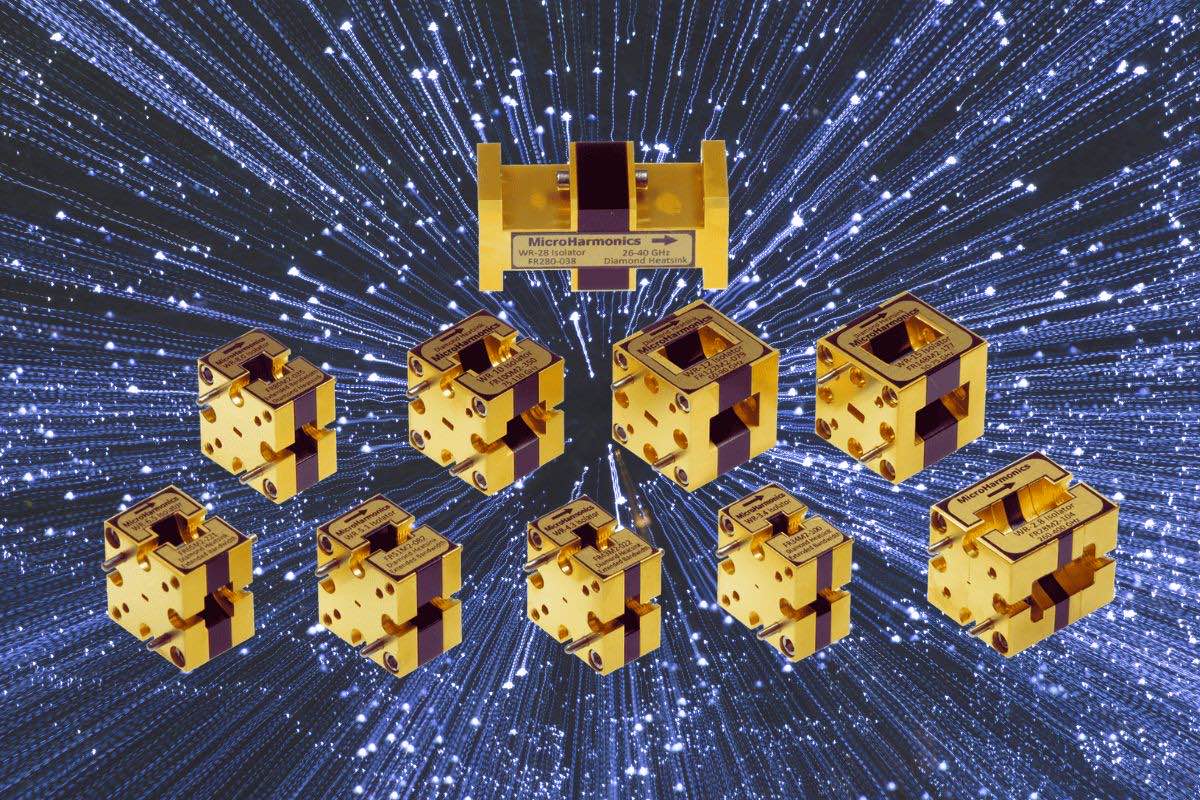A mm-Wave Circulator with High Transmitter and Receiver Isolation
RankinPR12024-10-14T06:09:41-04:00A mm-Wave Circulator with High Transmitter and Receiver Isolation David W. Porterfield, Ph.D. President and Founder Micro Harmonics Corporation Circulators are used in transmit/receive systems to allow a transmitter and receiver to share a common antenna. A circulator schematic is shown in Figure 1, with typical connections for the transmitter (Tx), receiver (Rx), and antenna [...]

